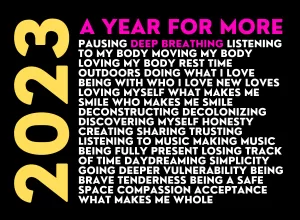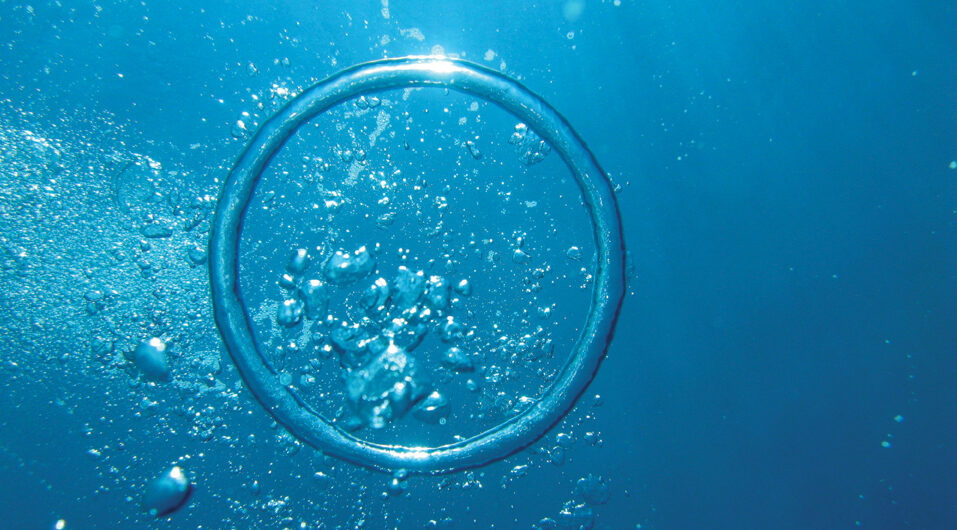The Breath is more than biology. It is an energetic and spiritual practice of returning to our Essence, the purest sense of our Self that transcends the mental and the physical and the emotional, that existed and continues to exist before and beyond our wounds. We mostly breathe above the neck: short, shallow, unconscious, survival-oriented panting. What’s the minimum amount of air we need to keep us upright? To keep our organs functioning? To keep our brain swirling in the morass of anxiety and fear?
Sometimes we realize we haven’t been breathing at all. I remember that as I witnessed the horror of George Floyd’s lynching, his airway forcibly constricted, unable to breathe. I too stopped breathing, unintentionally, paralyzed by terror, my air flow returning with a sudden gasp when my lungs could no longer go on without oxygen. Unfortunately, like many before and after him, Floyd did not have the luxury of taking another breath. His life was crushed under the weight of a historical and systemic oppression that presses down on us every day in any number of ways, scattering our attention and our energy, depleting our life force.
[bctt tweet=”The Breath can recenter and reground us, but only if we breathe with the entirety of our lungs, and with our whole body.” username=””]
 The Breath can recenter and reground us, but only if we breathe with the entirety of our lungs, and with our whole body. It requires conscious effort to entirely fill the lungs. The diaphragm is a muscle, after all, but left to its own habitual devices it contracts only so much. It requires our attention and intention to tighten it even more, along with the intercostal muscles which lift the rib cage, to make an increasingly negative space within us, a vacuum to draw in life-sustaining air.
The Breath can recenter and reground us, but only if we breathe with the entirety of our lungs, and with our whole body. It requires conscious effort to entirely fill the lungs. The diaphragm is a muscle, after all, but left to its own habitual devices it contracts only so much. It requires our attention and intention to tighten it even more, along with the intercostal muscles which lift the rib cage, to make an increasingly negative space within us, a vacuum to draw in life-sustaining air.
But what does it mean to breathe with our whole body? It begins with knowing that every part of us is connected to every other part of us. Our body is a symbiotic entity, not a collection of compartmentalized functions. We cannot breathe as we should if our body is in a state of tension. The Breath relaxes the body and our body relaxes the Breath.
Envision every muscle and bone and organ contracting and expanding in harmony with the inhale and the exhale, gradually making them all slower, eventually letting the exhalations and relaxations longer than the inhalations and the tensions. Inhale and tense for a count of four. Hold for a count of six. Exhale and relax for a count of eight. Repeat. Lengthen each count. Don’t just do it. See it. Feel it. Embody it. Close your eyes and let all your attention follow in the inflow and outflow of air, the rise and fall of the chest, the subtle contraction and release of the whole body, the soothing of our trauma.
To be sure, deep breathing requires intention and practice and commitment. It compels us to first pause (see previous post) and notice how present we are, or more likely, are not, to and with and for ourselves. We often place ourselves at the bottom of our priority list. That comes from a variety of places: capitalism, which tells us we have to constantly hustle to succeed and that our worth is defined by our financial status; religion (mostly Christianity), which tells us we’re born inherently unworthy; or patriarchy, which tells us we have to aspire to the cis-heteronormative standard of toxic masculinity. Panic might arise when we strive and fail to meet a particular benchmark. Or even worse, a constant undercurrent of shame and self-reproach because we don’t measure up.


